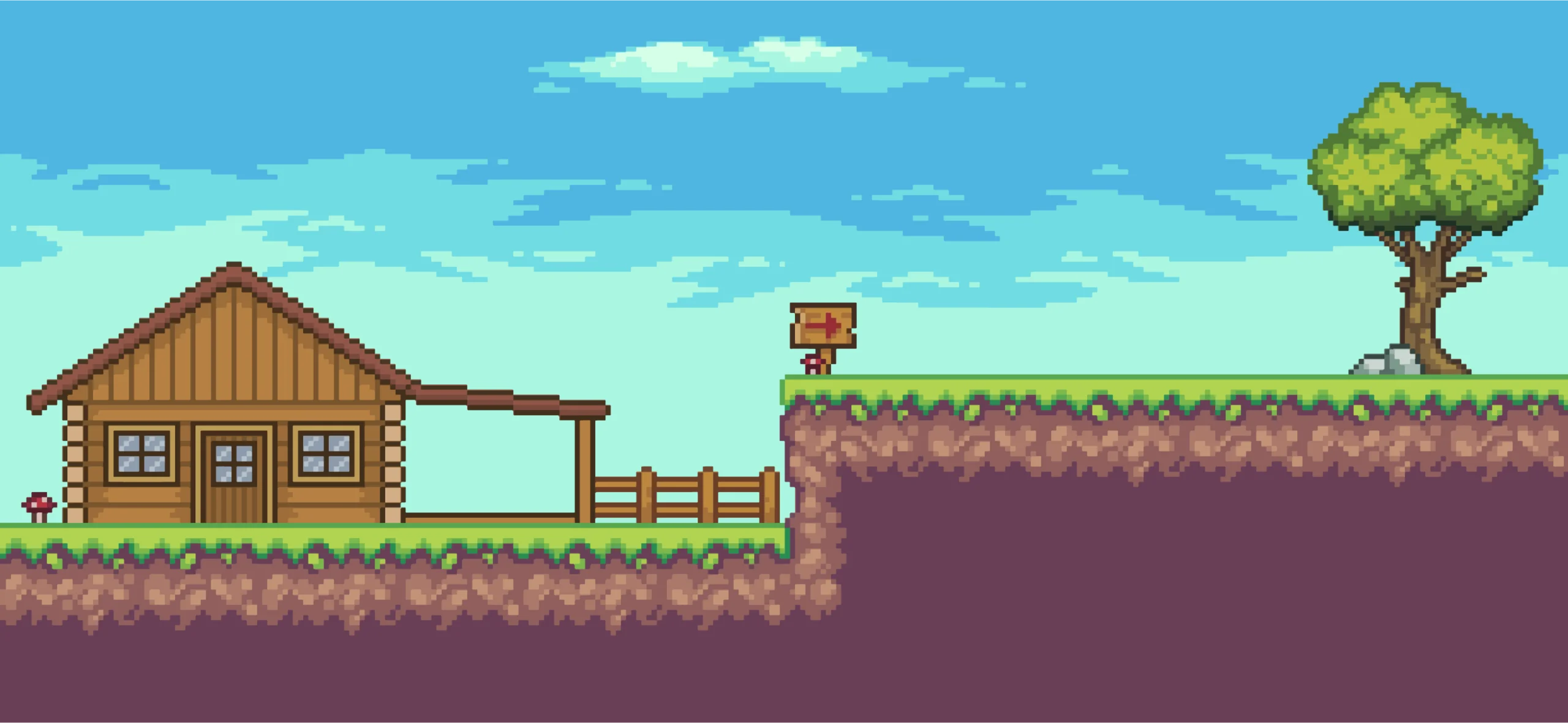Indoor plants face challenges in battling pests and diseases without natural defenses.
In the natural world, plants are often protected from disease and pests through a complex web of ecological interactions, including natural predators, microbial communities, and environmental factors like wind and sunlight. While plants outdoors still routinely fall ill, indoor plants are isolated to the environment is given to them.
From pesky pests to insidious diseases, indoor plants are susceptible to a range of issues that can hinder their growth and vitality. In this guide, we’ll explore common indoor gardening problems and provide tips for identifying, preventing, and addressing them effectively.
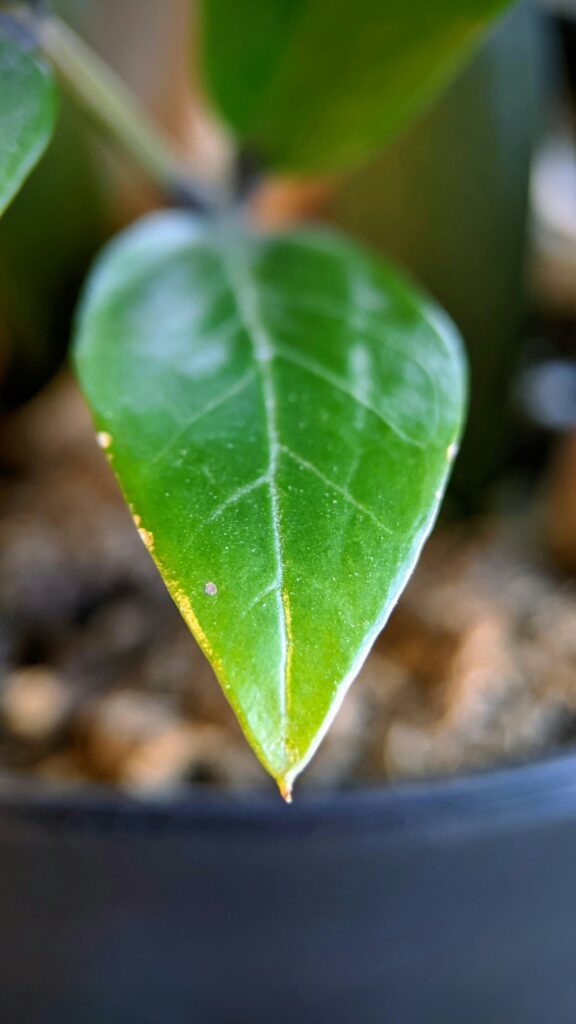
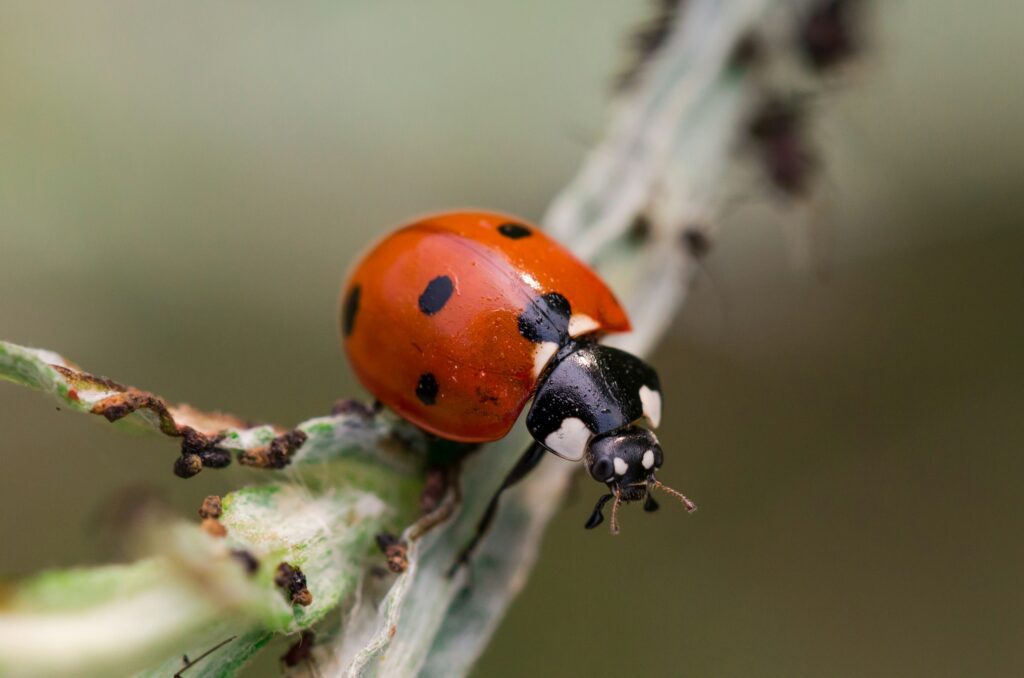
Pest Infestations
Pests such as aphids, spider mites, and mealybugs are common nuisances in indoor gardens, feeding on plant sap and causing damage to foliage. Signs of pest infestation include yellowing leaves, stippling, webbing, or visible insects on plants. To combat pests:
- Inspect plants regularly for signs of pests, particularly on the undersides of leaves and in leaf axils.
- Remove affected plant parts and isolate heavily infested plants to prevent the spread of pests.
- Use natural remedies such as neem oil, insecticidal soap, or horticultural oil to control pests, following label instructions carefully.
- Introduce beneficial insects like ladybugs or predatory mites to help keep pest populations in check.
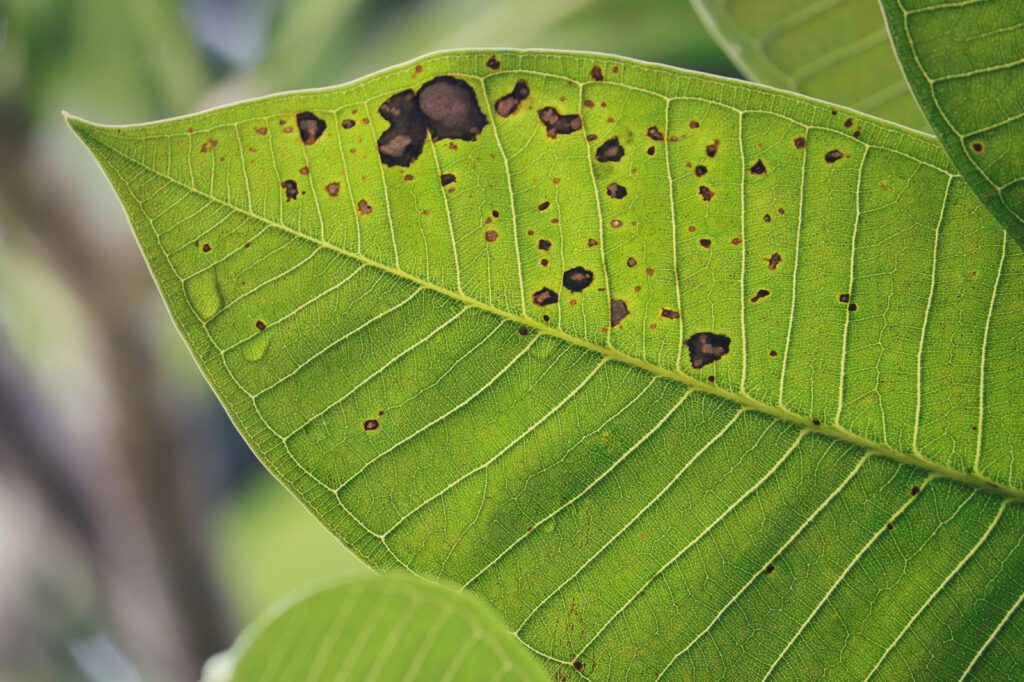
Fungal Diseases
Fungal diseases such as powdery mildew, root rot, and leaf spot can occur in indoor gardens, especially in environments with high humidity or poor air circulation. Symptoms of fungal diseases include discolored or distorted leaves, powdery growth on foliage, or wilting plants. To prevent fungal diseases:
- Inspect plants regularly for signs of pests, particularly on the undersides of leaves and in leaf axils.
- Remove affected plant parts and isolate heavily infested plants to prevent the spread of pests.
- Use natural remedies such as neem oil, insecticidal soap, or horticultural oil to control pests, following label instructions carefully.
- Introduce beneficial insects like ladybugs or predatory mites to help keep pest populations in check.
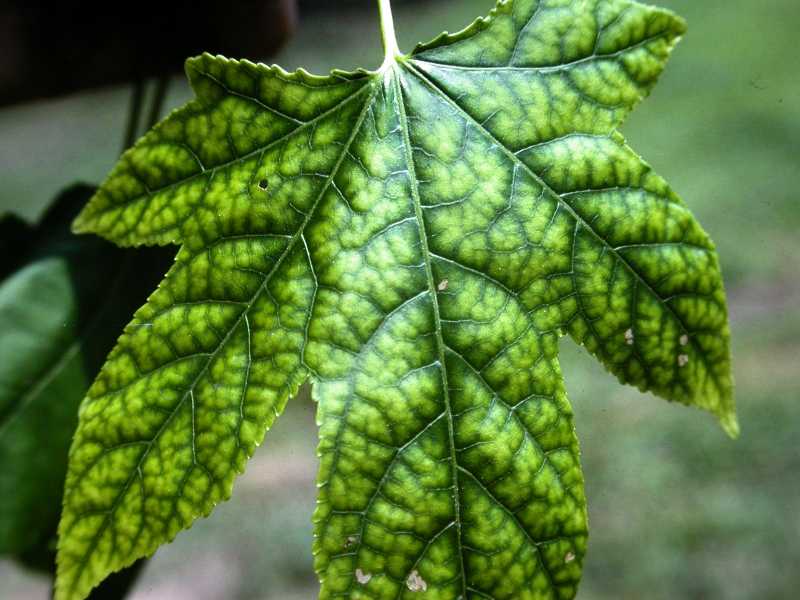
Nutrient Deficiencies
Indoor plants may suffer from nutrient deficiencies if they’re not receiving adequate nutrition from soil or fertilization. Symptoms of nutrient deficiencies vary depending on the specific nutrient lacking but may include yellowing leaves, stunted growth, or leaf discoloration. To address nutrient deficiencies:
- Amend soil with organic matter or nutrient-rich compost to improve soil fertility.
- Use a balanced fertilizer formulated for indoor plants, following recommended application rates.
- Monitor plants for signs of nutrient deficiency and adjust fertilization accordingly, avoiding overuse of fertilizers, which can lead to nutrient imbalances.
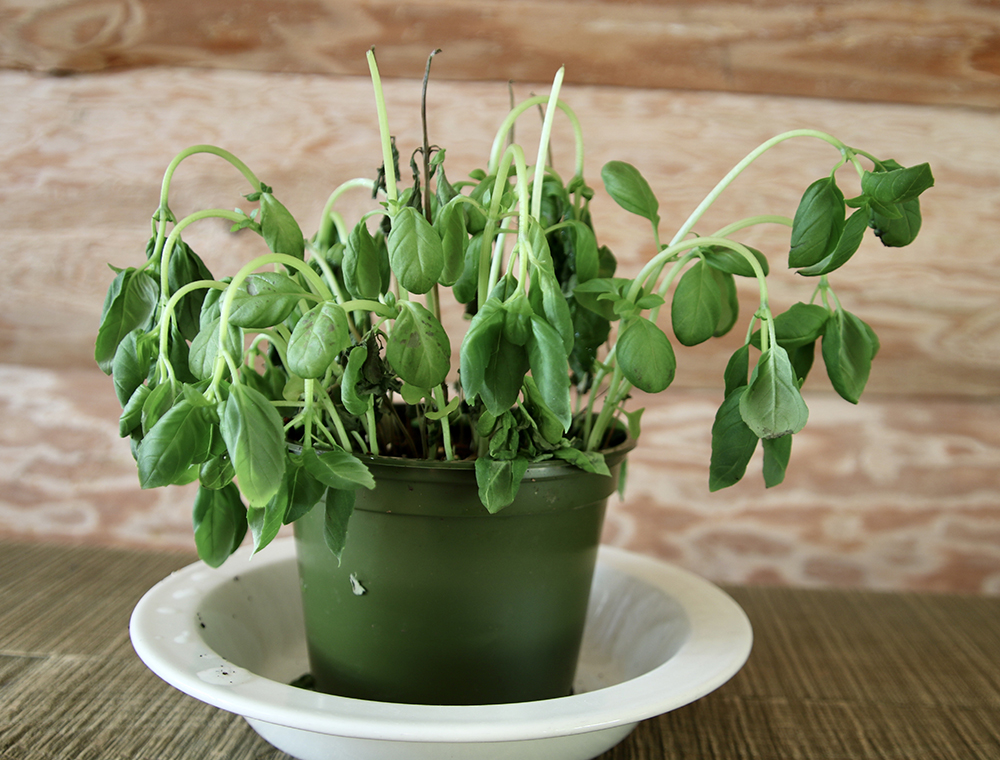
Overwatering and Underwatering
Improper watering practices are common issues in indoor gardening, leading to root rot from overwatering or dehydration from underwatering. Signs of overwatering include yellowing leaves, wilting, or mushy, soggy soil, while underwatered plants may display dry, crispy leaves and soil. To prevent watering problems:
- Check soil moisture regularly and water plants only when the top inch of soil feels dry.
- Ensure pots have adequate drainage holes to prevent water from pooling at the bottom.
- Use a moisture meter or finger test to gauge soil moisture levels accurately, adjusting watering frequency as needed.
- Consider using self-watering pots or watering globes to maintain consistent moisture levels, especially when away from home for extended periods.
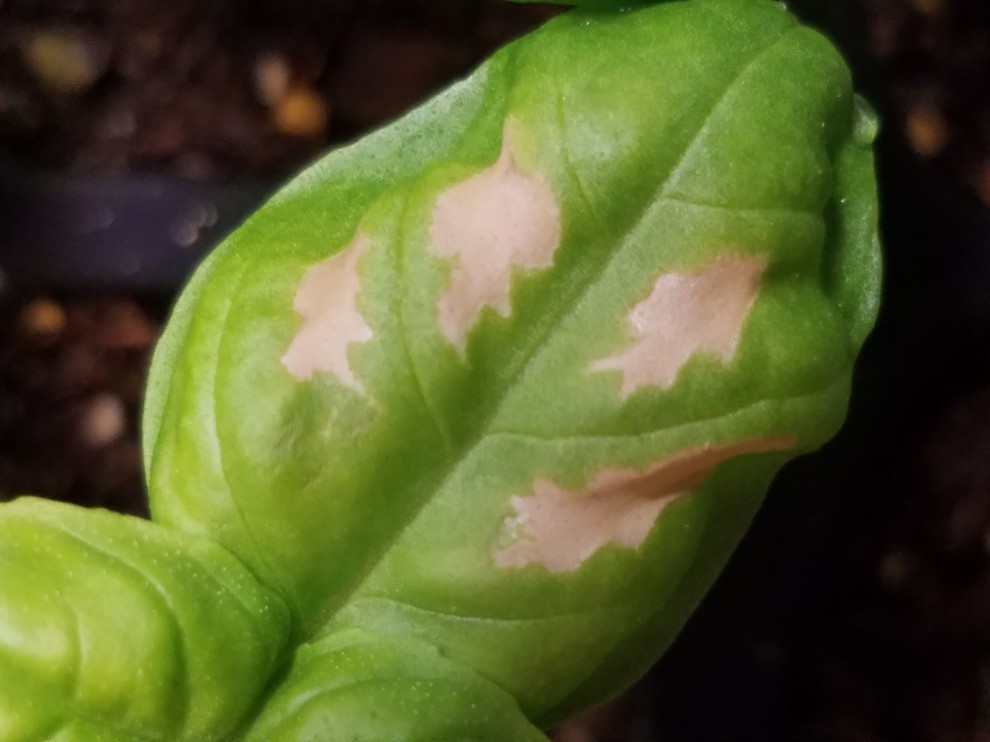
Environmental Stress
Indoor plants are sensitive to environmental stressors such as temperature fluctuations, drafts, and low humidity, which can affect their growth and overall health. Symptoms of environmental stress include leaf curling, browning leaf tips, or leaf drop. To mitigate environmental stress:
- Place plants away from heating vents, air conditioners, or drafty windows to avoid temperature extremes.
- Increase humidity levels around plants by misting foliage regularly or using a humidifier, especially during dry winter months.
- Provide adequate light levels based on each plant’s requirements, supplementing with grow lights as needed to ensure optimal growth.
By staying vigilant and addressing common indoor gardening problems promptly, you can help your plants thrive and flourish in their indoor environment. Remember to observe your plants regularly, practice good gardening habits, and take proactive measures to prevent and manage issues as they arise. With patience, care, and a bit of troubleshooting know-how, you’ll enjoy a thriving indoor garden filled with vibrant, healthy greenery.
